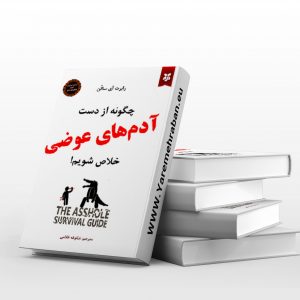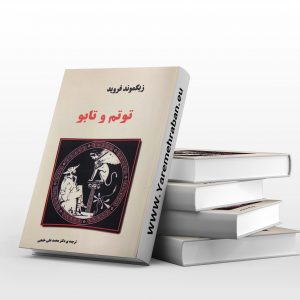Description
The Islamic Penal Code is the work of Samaneh Abolhassani.
One of the most important sets of criminal laws in the Islamic Republic of Iran is the Penal Code, which was approved by the Judicial Affairs Commission of the Islamic Consultative Assembly on August 29, 1991, and approved by the Expediency Council on December 28, 1991. We will go into more detail in this regard below.
What is the Islamic Penal Code?
In general, every society needs a law in order to maintain order. Man realized this when he began to live a social life, and he still applies it today, when the law has taken on a much more complex form than at that time.
Today, the law in all countries, including Iran, is divided and classified into different issues to make it easier to refer to and how to apply it. The Penal Code is one of the most important laws in our country, and it is necessary for everyone to be aware of it. Therefore, familiarity with the content of this law is of particular importance, which we will discuss in detail below.
As mentioned before, the Penal Code was approved by the Judicial Affairs Commission of the Islamic Consultative Assembly on August 29, 1991, and was implemented on a trial basis for 5 years, so that this law could be examined in practice. In 1996, the probationary period of this law was extended for another 10 years. Thus, this law was implemented on a trial basis until 2011 and during this period, the Islamic Consultative Assembly proposed a new Islamic Penal Code, which was implemented in 1392, and now the ruling and mother law in criminal matters of the Penal Code. It is considered a new Islam.
This law has 497 articles and 729 articles along with the law of punishment (ta’zirat) and it has repealed all the contradictory laws before it, including the law of general punishment of Iran in 1304.
In general, the Penal Code deals with crime, punishment, and criminal law. This law is the most important criminal law in Iran on crime and punishment in the country, which determines what is the punishment for each crime, how to prove a crime, how to reduce or increase the punishment of a crime and… In the following, we will get acquainted with the classification of the Islamic Penal Code.
The Penal Code is divided into general and specific parts. In the public sector, all criminal offenses can be proposed and are common to all offenses. These issues are referred to as “generalities” in the law. Its special section also deals with each of the crimes separately and states the characteristics of each crime.
How many categories is the penal code divided into?
The Penal Code is generally divided into 5 books and each book is divided into several chapters and each chapter has several chapters. The general division of the 5 books of this law is as follows:
first book :
Generalities) from Article 1 to Article 216 deals with the issues of criminal law in general.
Book 2:
Limits) from Articles 217 to 286 are related to crimes with punishment.
Book three:
Retribution) Articles 278 to 444 deal with the subject of retribution and its conditions.
Book 4:
Diyat) From Article 445 to 721, the subject of the punishment of Diyat, the method of payment and its conditions are stated.
Book Five:
When the Islamic Penal Code was reviewed and approved in 1392, the provisions of the law changed from Article 1 to Article 497 (ie until the first book of punishments and deterrent punishments) and from Article 498 onwards, the book of punishments and punishments It is a deterrent, it did not change. In fact, Articles 1 to 497 of the old law became 721 articles, which formed the new Islamic Penal Code.

1- Introducing the book on YouTube
2- Introducing the book in Aparat














Reviews
There are no reviews yet.